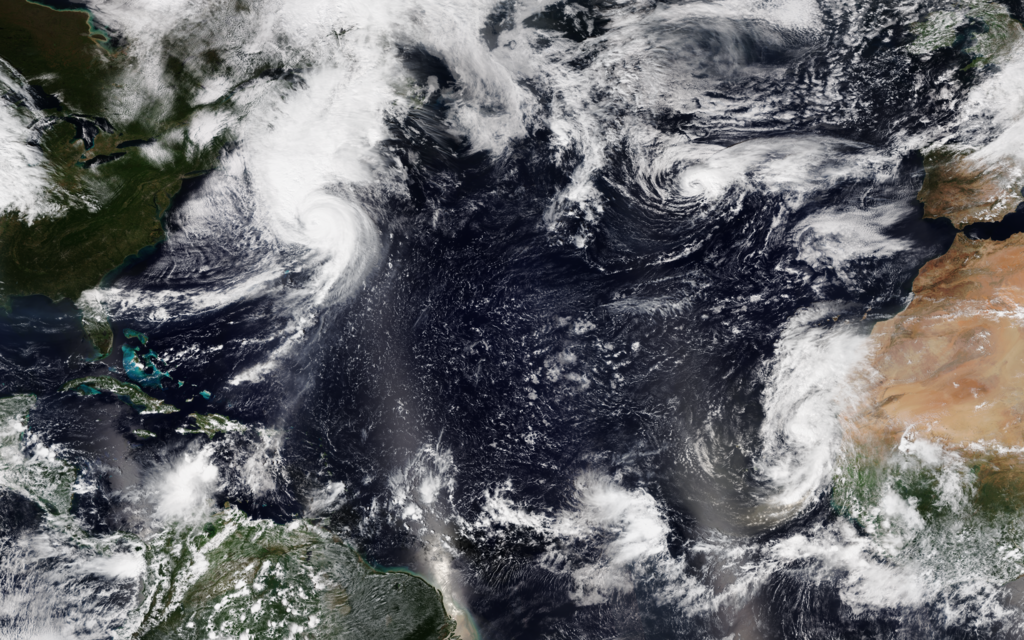Excerpt:
In Canada, the number of uninsurable homes has reached 10%, according to industry figures. The Magdalen archipelago is losing half a metre each year to erosion, roads have fallen into the sea and the sand dunes that once offered protection from squalls are disappearing faster than they can be saved, but it is not just there. Most of Canada’s major cities are built on the frontlines of a changing climate – along rivers and coastlines or on flood plains.
This has long troubled the risk-averse insurance industry across the globe. Although it has the world’s longest coastline, Canada is far from alone in the crisis. Indonesia, which has the second-longest coast, has lost much of its natural protection against the encroaching sea, as mangrove forest disappears and the land sinks due to over-extraction of groundwater. Thawing permafrost has shed thousands of hectares of Russian coastline into the ocean and stretches of Australia’s Gold Coast are at severe risk from erosion and storm-surge damage.
Over the past 15 years, insurance claims from severe weather events in Canada – windstorms, flooding, wildfire and drought – have more than quadrupled. Seven of the country’s costliest disasters occurred in the last decade. Insurers now expect to disburse C$2bn (£1.3bn) in disaster-related payouts annually, with costs only expected to rise.









